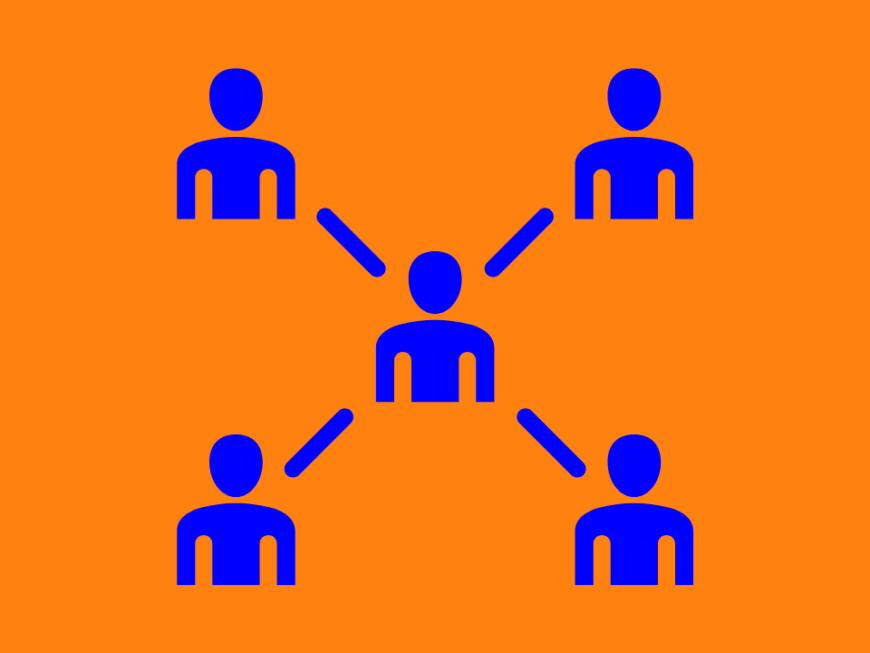There’s a saying that goes, “If you want to take the island, burn the boats.”
Attributed to different people, it means “if you’re determined to advance, eliminate your means of retreat.” Like when I quit my job vs. taking a sick leave of absence: the latter would have let me return easily if the going got tough as I tried to resuscitate and reinvent myself.
I chose well because I now have more optimism for the future than EVER. But the going got super tough getting to this place and I tried to backtrack. But my boat was in ashes, luckily.
Today, I’m intent on blazing new trails in the village world. But until recently, I’ve been trying to advance with the boat (the prevailing village model) looming large in my mind.
Using the prevailing model, a village takes about 18 to 24 months to launch.*
My goal is spreading models that take 18 to 24 days, or hours, to get up and running.
U.S. villages are a lifeline for many older adults.
Typically, they’re volunteer-run nonprofits that promote social connection among members through activities & events. They also coordinate volunteer help for members, like light home repairs and transportation to medical appointments, ostensibly to help them age in place.
But some in the village world think that the prevailing model is unsustainable. For villages to spread and help America heal from broken care before it pushes her off a cliff, I think that the basic model should be simple, customizable, nimble and monetizable, if desired:
- Simple, as in easy to start.
- Customizable, as in easy to tailor around individual wants and needs.
- Nimble, as in easy to shift gears as wants and needs change.
- Monetizable, as in easy to make money executing.
Attempting to “take the village” turned my attention a minimum viable one.
Arising from The Lean Startup movement set in motion by Eric Ries, “minimum viable product [Eric says] is that version of a new product which allows a team to collect the maximum amount of validated learning about customers with the least effort.”
In my language, …
A minimum viable village is one that offers enough to get “customers” to bite, which allows a village maker to gather information to build a better offering.
In thinking about this more, it helps to define “village” and what village making is about.
A village is a supportive / care community.
Close family & friends = a village, but perhaps not a viable one based on “customer” needs.
More than “aging in place,” I think about village making as prosperity making.
Or, village making is about helping us feel more alive, and each of us requires different care for that. My mother’s ideal care includes support for doing arts & crafts, singing and running errands as much as seeing a cardiologist. Next year, her wants and needs might change.
(Medical information shared with my mother’s permission.)
As her primary caregiver for now, my mother is my “customer.”
I ensure that her wants and needs are met (mostly) by meeting them myself or coordinating with other members of her village, including my nearby nieces, long-distance sisters and her doctors. I coordinate by email, telephone and text, and get paid a little for my work.
In other words, my village making model is simple, customizable, nimble and monetizable.
The village making model I’m imagining looks like individuals, or tiny teams, coordinating custom care for customers / neighbors as a part of larger networks.
Singing is a want that I haven’t met for my mother. My neighbor came to play Mom’s keyboard while we sang, but his health is preventing a return visit. In the past, my mother herself hosted popular singalongs for neighbors but now she wants others to take the lead.
Social connection and cultural enrichment are critical parts of care. The “prosperity making” village model includes engaging neighbors of all ages to deliver connection and enrichment through activities and events, as well as “tiny affinity” groups.
When my mother was growing up, her grandmother counseled her to go in the opposite direction of the crowd. It seems that advice got a grip on me: In an era of mega-mergers and “go big or go home” thinking, I’m putting my money on the power of tiny.
Tiny is conducive to accessibility, diversity, accountability, longevity and security:
- Accessibility, because tiny has a lower bar of entry, financial or otherwise.
- Diversity, because that’s what happens when more folks can get involved.
- Accountability, because there’s nowhere to hide when working alone or on a tiny team.
- Longevity, because tiny care might reduce despair, which drives preventable deaths.
- Security, because despair is considered both a health crisis and national security issue.
I have more I could say but will end today with two things:
1. I learned that six standard lego bricks can be combined in over 915 MILLION ways! Imagine what could happen by combining six tiny affinity groups!
2. Starting a personal village in hours is possible by using My PowerPak care coordination app or others on the market.
*The Department of Health and Human Services in Montgomery County, MD, helps communities to start villages (using the prevailing model). They estimate that it takes about 18-24 months from conception to launch.


Published by